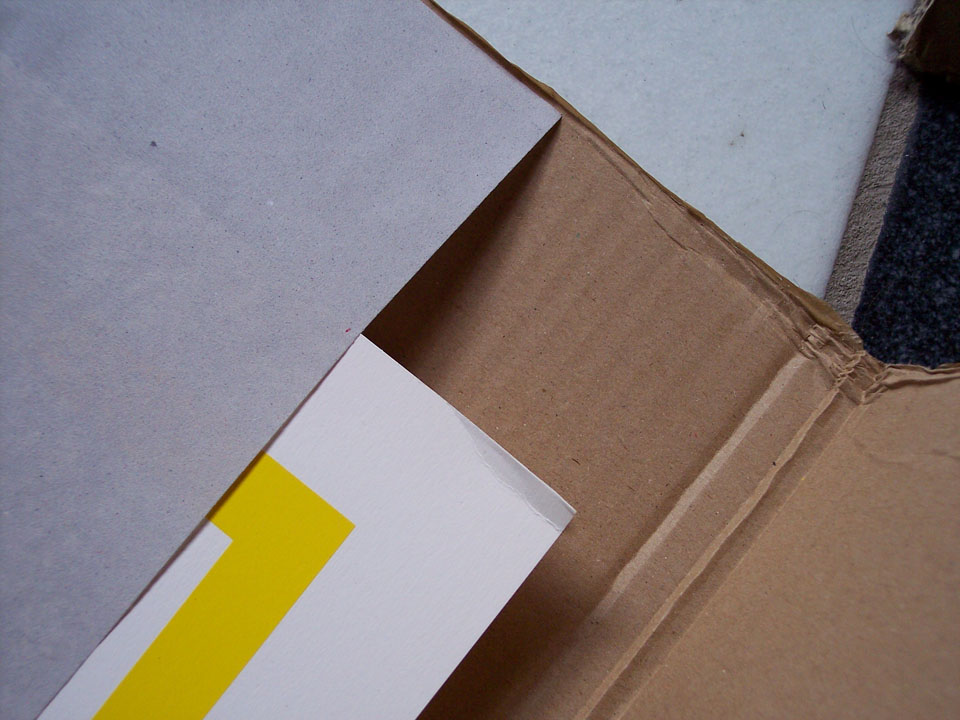
“Allow me.” He rolled over to her a small table, and from a plastic folder lifted with tweezers, delicately, a U. S. commemorative stamp, the Pony Express issue of 1940, 3¢ henna brown. Cancelled. “Look,” he said, switching on a small, intense lamp, handing her an oblong magnifying glass.
“It's the wrong side,” she said, as he swabbed the stamp gently with benzine and placed it on a black tray.
“The watermark.”
Oedipa peered. There it was again, her WASTE symbol, showing up black, a little right of center.
“What is this?” she asked, wondering how much time had gone by.
“I'm not sure,” Cohen said. “That's why I've referred it, and the others, to the Committee. Some friends have been around to see them too, but they're all being cautious. But see what you think of this.” From the same plastic folder he now tweezed what looked like an old German stamp, with the figures ¼ in the centre, the word Freimarke at the top, and along the right-hand margin the legend Thurn and Taxis.
“They were,” she remembered from the Wharfinger play, “some kind of private couriers, right?”
“From about 1300, until Bismarck bought them out in 1867, Miz Maas, they were the European mail service. This is one of their very few adhesive stamps. But look in the corners.” Decorating each corner of the stamp, Oedipa saw a horn with a single loop in it. Almost like the WASTE symbol. “A post horn,” Cohen said; “the Thurn and Taxis symbol. It was in their coat of arms.”
And Tacit lies the gold once-knotted horn, Oedipa remembered. Sure.
Thomas Pynchon : The Crying of Lot 49